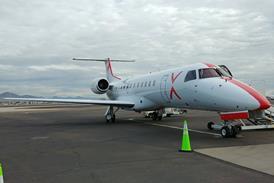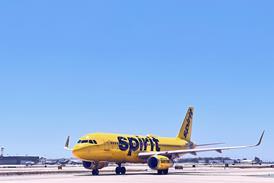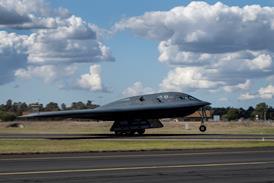The immediate assumption was made that if the Hyogo area, which contains Kobe, was responsible for some 5.7 per cent of Japan's industrial output, and the port at Kobe handles 11 per cent of the country's trade, then the loss of GDP caused by the earthquake could reach between one and two per cent of gross domestic product over a full year. Given the fragility of Japan's economy in the mid-1990s (it has been the slowest of the Group of Seven economies to pull out of the recession) then recovery estimated at 2.5 per cent at best for 1995 could be severely retarded.
The vast cost of construction - currently estimated at $100 billion - will be a seminal economic moment for Japan. The shock at the scale of the destruction and the failure of the emergency and relief teams to respond with the efficiency one would expect of the world's second largest economic power, will take a toll on national confidence. And at a time when Japan has been struggling to re-establish its financial and industrial momentum, confidence can be everything.
Similar complaints were levelled following the California disaster in 1994. Los Angeles, beset by racial unrest and economically in the doldrums as a result of cuts in the defence and aerospace sectors, appeared to have poor prospects. However, when the numbers were put together for the year, it was estimated that the reconstruction boost provided by the earthquake added upwards of half a point to America's already bustling gross domestic product.
A similar scenario is likely to develop in Japan. The level of fiscal adjustment required to pay for the repairs will clearly be more extensive requiring special bond issues, greater credit expansion by the financial institutions and possible tax surcharges and changes. It will also mean a significant switch in the economic profile, with resources being more directly focused on the domestic economy rather than exports, the major source of Japan's wealth. This is turn could have important effects on the country's balance of payments, especially as Kobe is an industrial region servicing the export sector. Some of that production - notably car and electronic components - may be temporarily switched to other Japanese-controlled industrial sites in the Pacific.
The short term impact on Japan's GDP for 1995 is likely to be negative, with growth falling in the first quarter and maybe beyond. But then Keynesian economics, not normally on everyone's lips in Japan, where financial orthodoxies reign supreme, will come into play. If the cost of the earthquake damage is indeed $100 billion, then the Kobe disaster could prove to be one of the most important construction projects for decades.
To put that figure into global perspective, it is more than all the Western funds so far invested in eastern Europe, including Germany's massive investment in the former GDR. Fortunately for Japan, recent expansion of fiscal policy, which has seen it turn a surplus in 1992 into a small deficit in each of the last two years, still has the best budgetary situation among the G7 economies. This means it will be able to raise public spending on reconstruction without reaping too much havoc on the financial sector.
The rising cost of reconstruction means that the government plans to bring forward the proposed 1997 increase in sales tax from 5 per cent to 7 per cent, in an effort to neutralise some of the extra spending power which will be injected into the economy.
The other side of the Keynesian equation is that the funds raised by government borrowing and other means to service the reconstruction effort will feed through into the corporate sector, and into the spending power of the personal sector. This will push up domestic demand with the consequence that after an estimated drop in GDP expansion of 1-2 per cent in the first quarter and a further 0.3 per cent to 0.6 per cent in the second quarter, Japan could be in boom conditions in the second quarter of 1995.
Fortunately for the people of Kobe, the transport infrastructure is relatively undamaged. Airport facilities are intact, and the port still has seven cargo piers in operation. Although there is a great deal of spare industrial capacity in Japan following the recession, there is little doubt that contracting expertise, equipment and building materials will be brought in from abroad. As a result, the stream of business travel into Tokyo and Kobe will undoubtedly increase, though tourist numbers are unlikely to mirror that rise.
Japan could also become less expensive as a business destination. Reconstruction will have a deleterious effect on the balance of payments, weakening the strength of the yen which has been driven inexorably upwards in recent years.
The Kobe tragedy could, paradoxically, produce the major realignments in the Japanese economy which the US and other trading partners have been seeking through countless global negotiations. It could also, in the medium term, trigger a nationwide wave of re-enforcement building which could change Japan's place in the world economy.
The Kobe tragedy could, paradoxically, produce the major realignments in the Japanese economy which the US and other trading partners have been seeking through countless global negotiations. It could also, in the medium term, trigger a nationwide wave of re-enforcement building which could change Japan's place in the world economy.
Source: Airline Business























